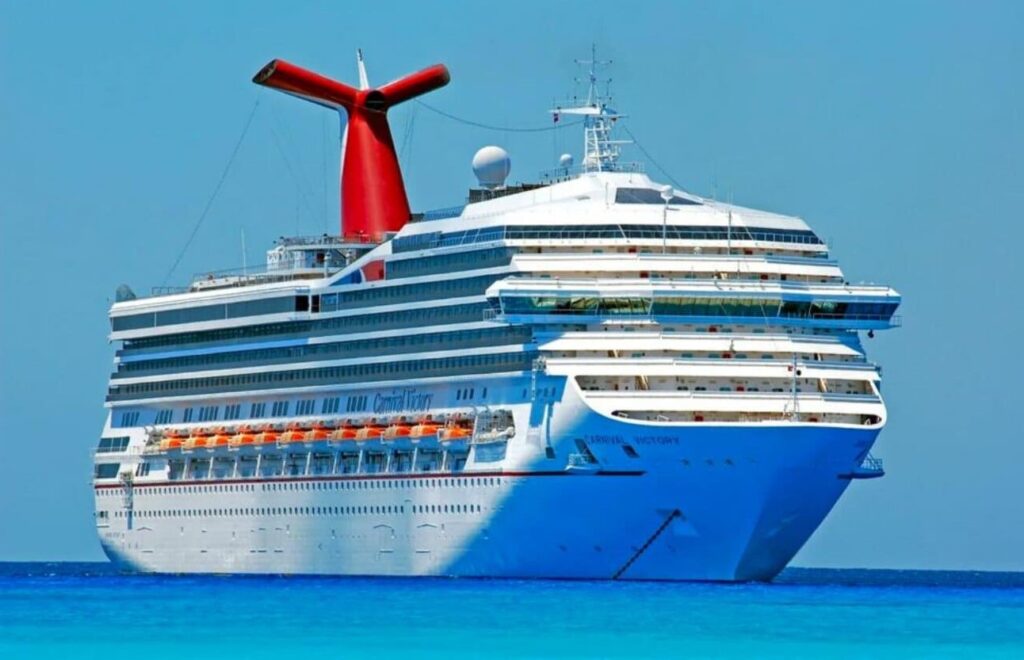Cruise ships are an integral cog in the tourism industry of the Virgin Islands. Water Island does not allow cruise ships to dock, since it is a relatively small island found in the Charlotte Amalie harbor with only a handful of residents on the island.
This fabulous destination is easily accessible via St. Thomas, and visitors routinely catch the ferry to Water Island. St. John is widely regarded as a must-stop destination for visitors to the Virgin Islands National Park. With erstwhile sugar plantations, miles of sunbaked beaches, and wonderful hiking trails to boot, St. John and its many flavors – street food, restaurants, hotels, and local attractions – serves as a must-stop point for cruisers.
The many treasures of the Virgin Islands are available for all to enjoy. Visitors from far and wide eagerly anticipate a sojourn to these islands, and while the voyage is slow and steady, there’s always lots to do. On a cruise ship, the destination is less important than the journey. Travelers don’t need to worry about looking for entertainment – such as finding every version of blackjack online in Canada, or sourcing this or that from the lowest cost, highest-quality supplier; everything is provided upfront. It’s all there on full display. Card games, table games, slots games, bingo, shows – comedies and musicals – the works. Before you know it, you’ll be docked
at the port ready for another adventure on the Virgin Islands.

Those who prefer the #1 destination in the Virgin Islands – St. Thomas – are treated to a smorgasbord of fantastic shopping experiences, culinary delights, and magnificent beaches. St. Croix is superb for aquatic adventures, schmoozing in town, and enjoying the rich cultural heritage of the island. Ships typically dock in Frederiksted, and passengers disembark, grab a taxi, or rent a vehicle, and get on their merry way. Regardless of the chosen destination in the U.S. Virgin Islands, cruise ships feature prominently in this neck of the woods. The U.S. Virgin Islands are located at the far eastern end of the Greater Antilles, some 40 miles to the east of Puerto Rico. The British Virgin Islands are north of the U.S. Virgin Islands, alongside idyllic paradises like the settlement, Charlotte Amalie, and Flamenco Culebra, Puerto Rico.
The Economy of the Virgin Islands

Much like European-owned Caribbean islands, the U.S. Virgin Islands relies heavily on agricultural produce and sugar production. These islands served the interests of their owner countries such as the U.K. and the U.S. by featuring as an important destination for naval forces and shipping activity. It comes as no surprise therefore, that travel and tourism dominate the economic activity of the Virgin Islands. Prior to Hurricane Irma and Hurricane Maria, cruise ships accounted for 1.2 million passengers, while 400,000 passengers made their way to the islands by air. The hospitality industry is facilitated by way of low-cost labor at self-contained resorts across the island. Unfortunately, the 2017 hurricane season all but decimated the islands, and every year proves to be a major challenge to the well-being and survival of these tropical paradises.
The real domestic product per capita between 1997 – 2019 in the U.S. Virgin Islands hovers around $30,000, significantly lower than the U.S. average of $55,000, or the Florida average of $45,000. As one might expect, Rum is an important product on the islands, with tens of millions of gallons manufactured every year. Manufacturing, by contrast, is of lesser importance on the islands, with barely several hundred people employed in manufacturing in recent years. With a focus on entertainment, it comes as no surprise that those who frequent the U.S. Virgin Islands are in search of a good time. Fortunately, that’s precisely what they get to enjoy, whether it’s onboard the cruise ships, playing bingo, blackjack, baccarat, or slots, laying out at the pool on the sundeck, or gallivanting about these magnificent islands and enjoying all of the fanfare they have to offer.
With the global economy set to roar back to life in 2021, the cruise ship industry will quickly pick up where it left off and start delivering precious cargo in the form of tourists to these resplendent tropical paradises. Of course, the tourists bring much-needed greenbacks, pounds, yen, and euros to the local economy which helps to develop towns and cities, and to preserve the natural habitat which is simply too good to be true.



